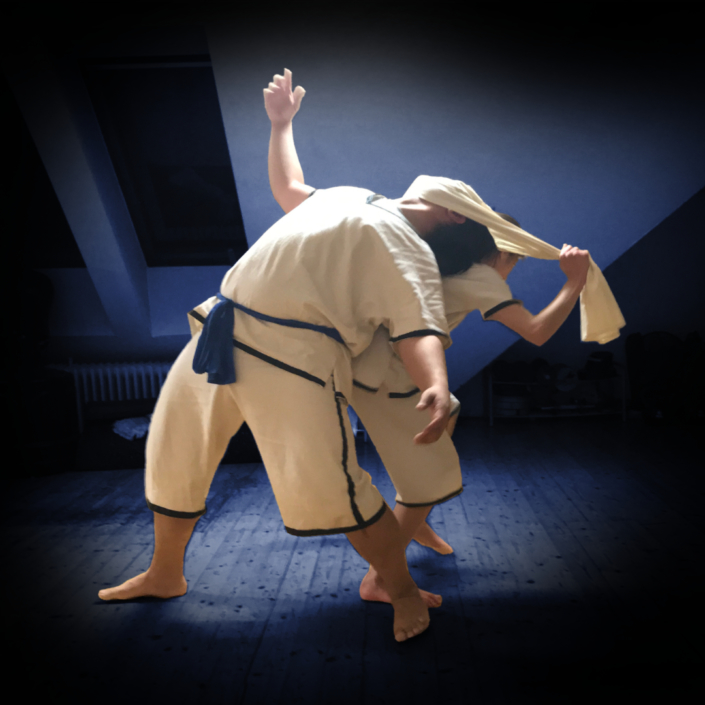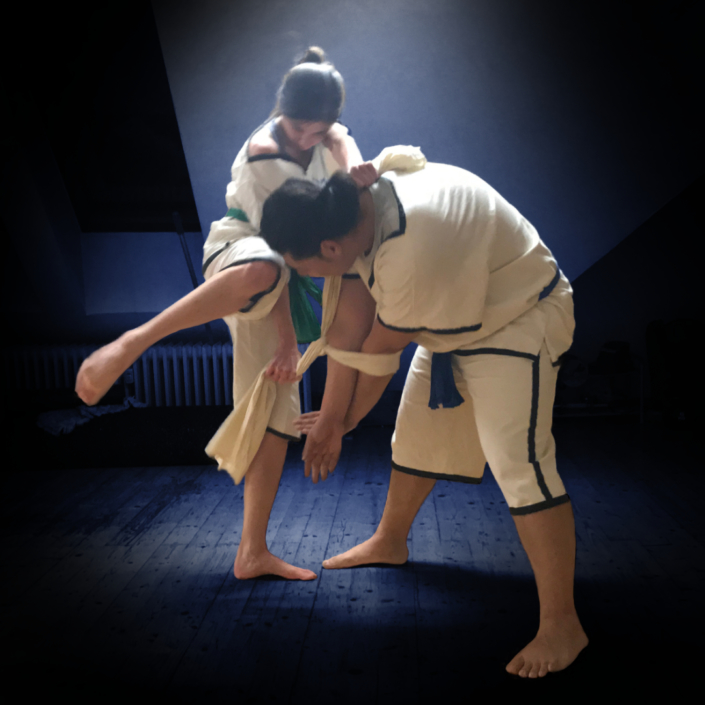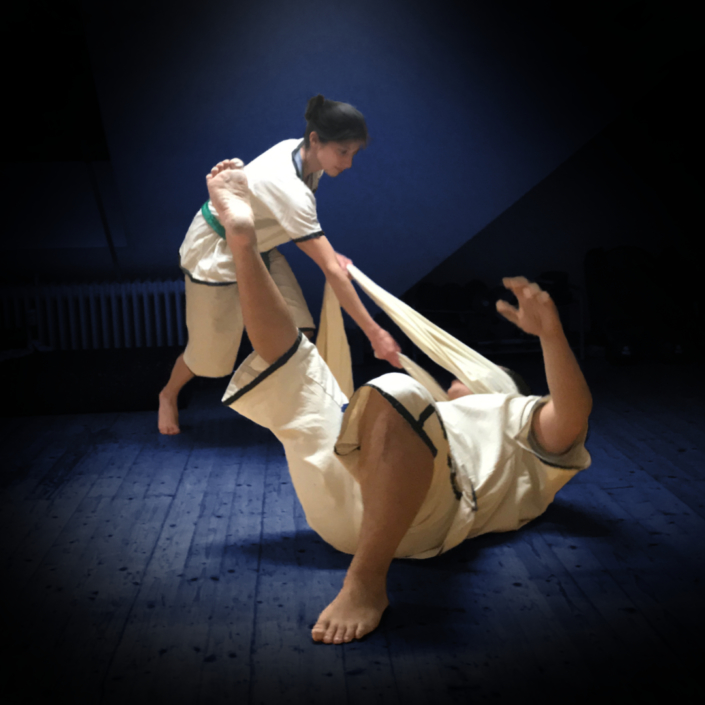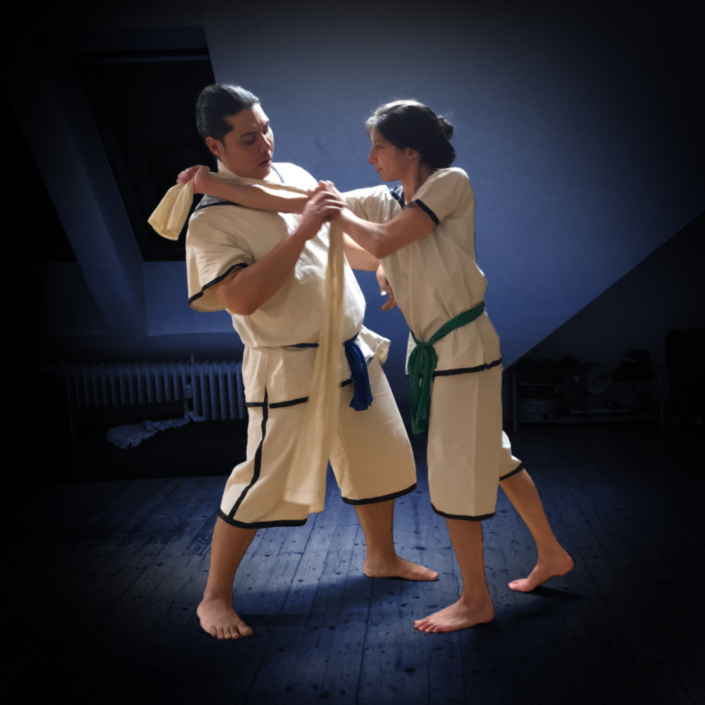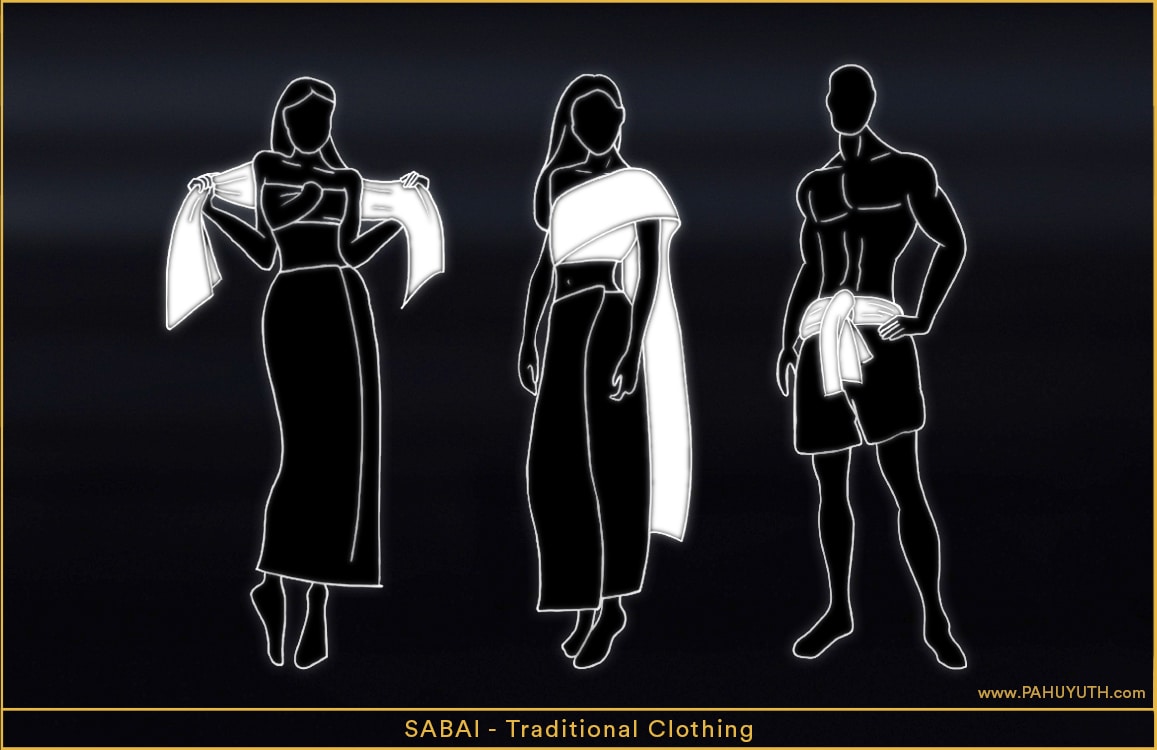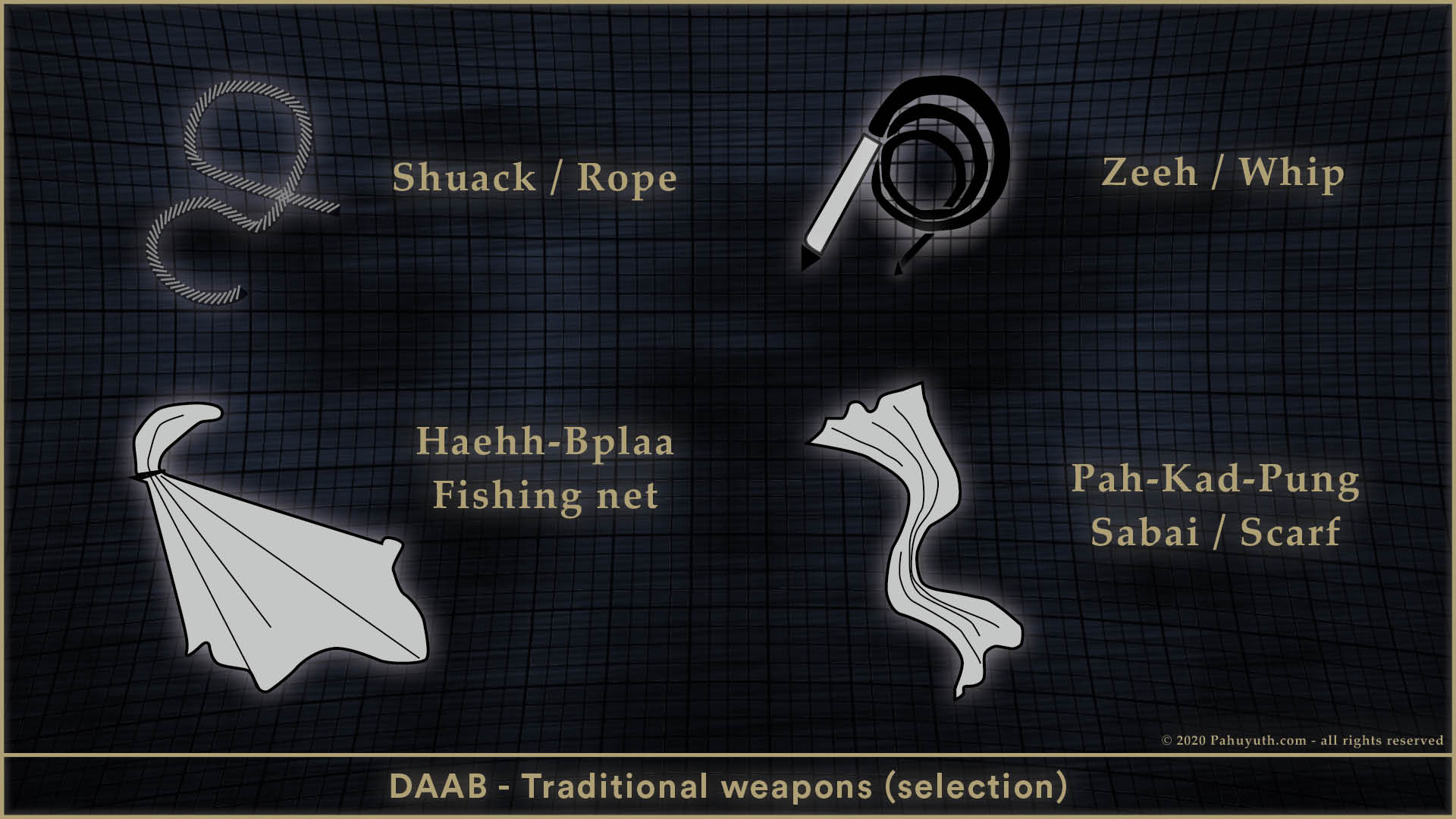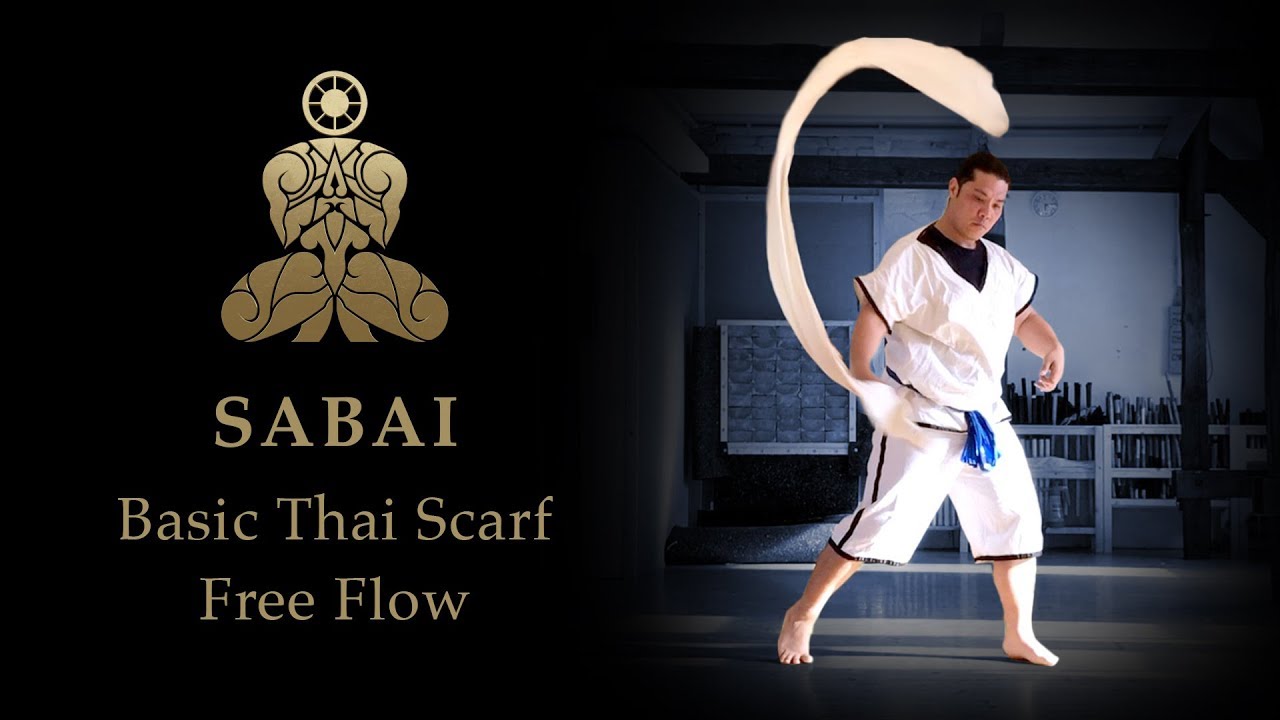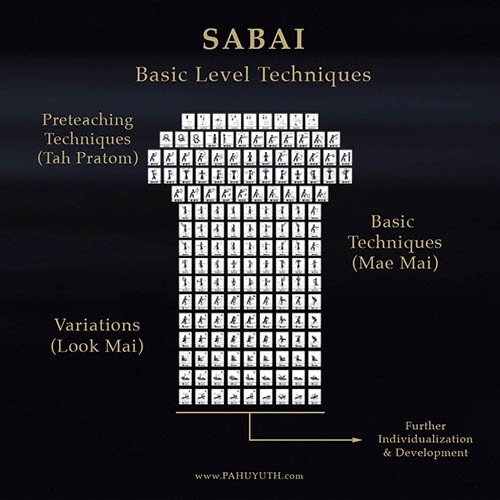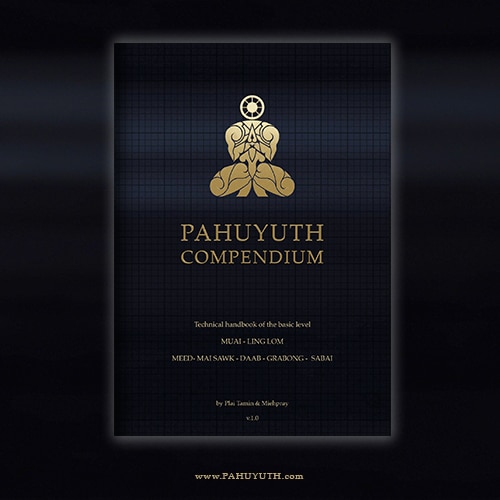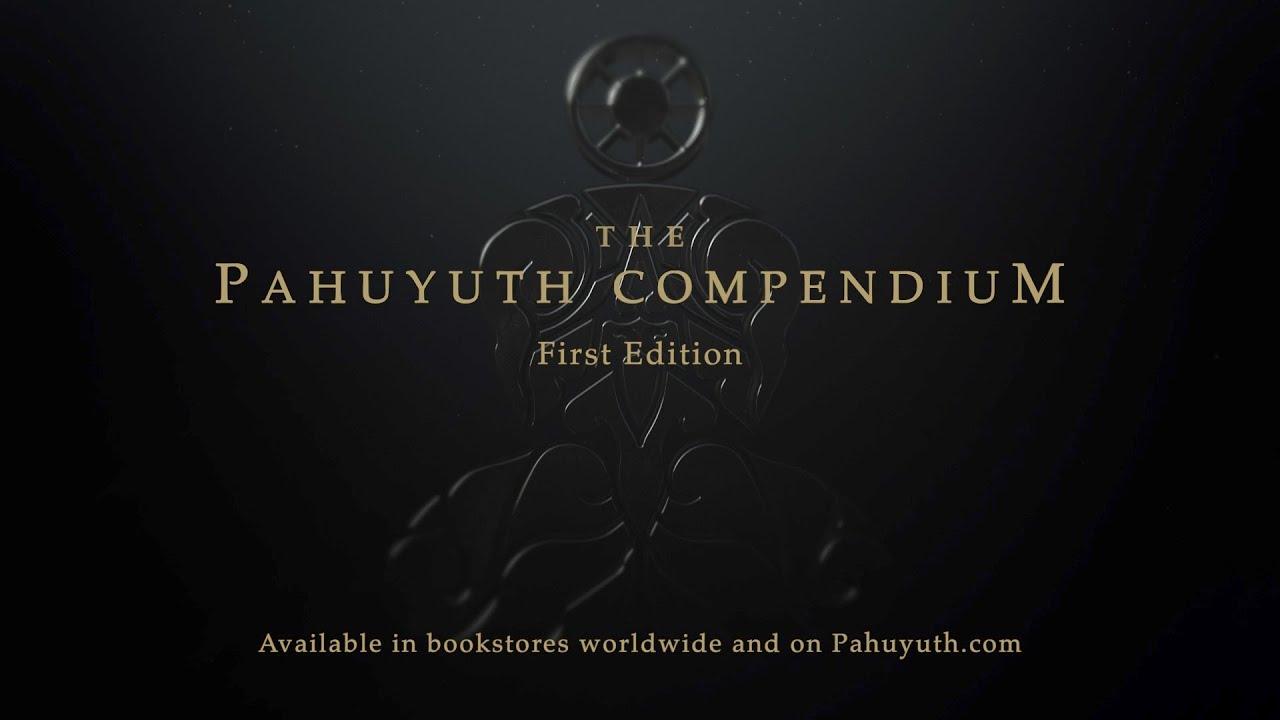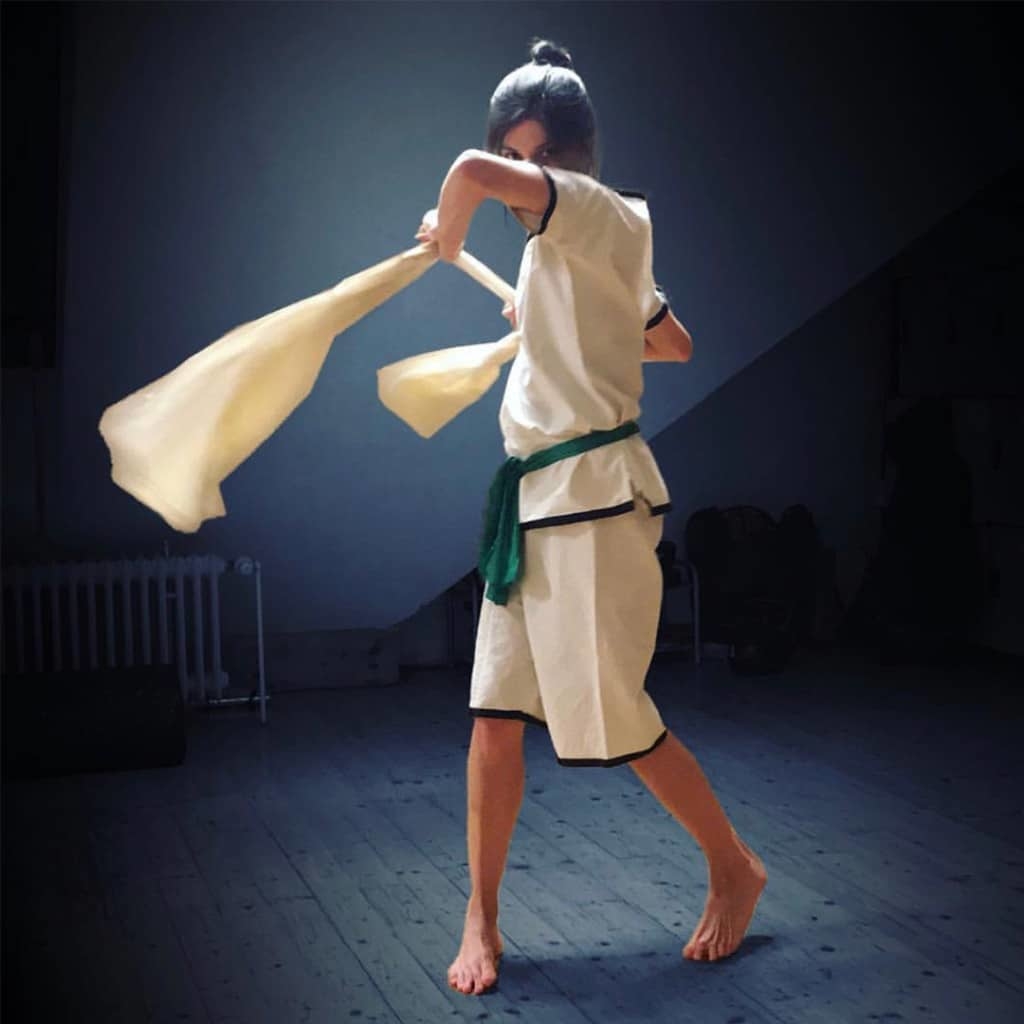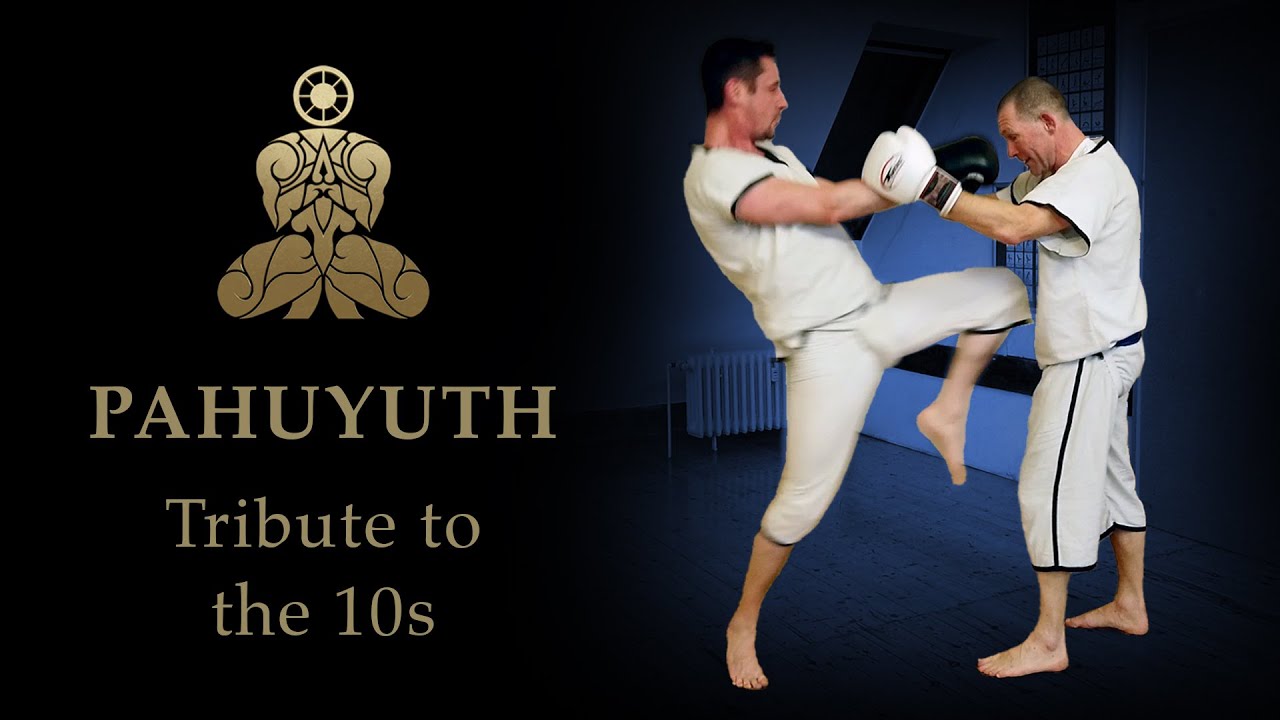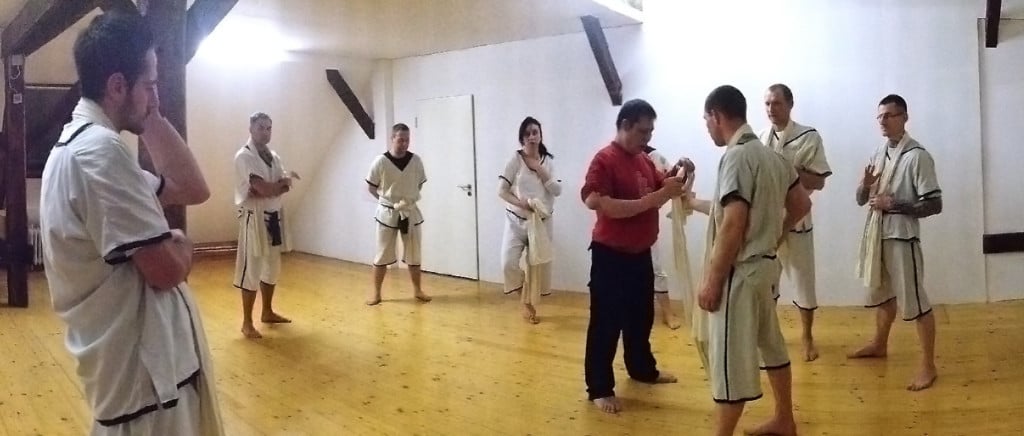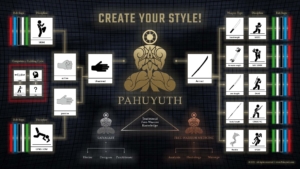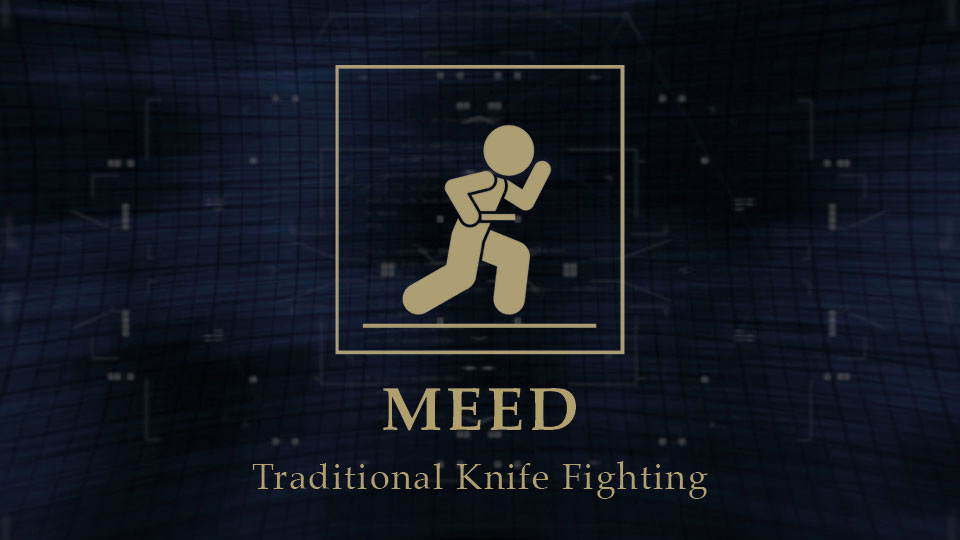SABAI – Traditional Scarf Fighting
SABAI is traditional armed combat with flexible objects like whips, ropes, fishing nets and scarves, which are used as improvised weapons.
Simultaneously with the official recognition of the Lauw Tai Mung area by the Chinese (ca. 2000 BC), the ancestors of today’s Thai people adopted the Chinese custom of keeping a concubine. In higher social classes these women served to maintain political peace.
They were sent to foreign cities or kingdoms as a pledge or proof of loyalty, in order to live there at court as respected concubines. They were not allowed to carry weapons. In case of an attack they were not allowed to flee, because an unauthorized escape would have brought shame on the family and would have resulted in the execution of up to seven relatives (→ Seven Generations). These women were almost always condemned to end up as defenseless victims.
Legend has it that the warrioresses of the Glie tribes had the idea to teach young women how to fight with clothes and scarves. It has also been handed down that court concubines trained this art secretly in the royal palace and passed on their knowledge of scarf fighting in the greatest secrecy.
Until the epoch of Nanjauw (ca. 600 AD) SABAI was almost unknown. Only through Kru Maeh Bua (teacher mother-water-rose) the knowledge about this kind of fighting could be collected, restructured and brought back to Pahuyuth.
Since then, SABAI is considered the most dangerous Pahuyuth discipline, especially when used in combination with LING LOM.
SABAI is traditionally passed on in honor of the many nameless women who have been victims of violence throughout history.
Content


